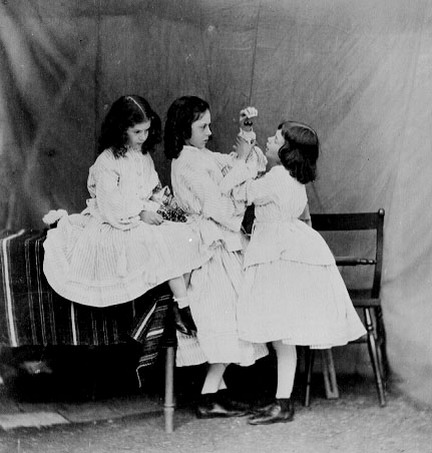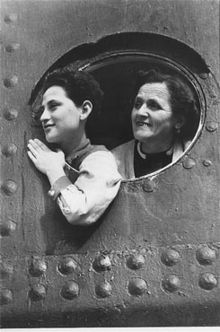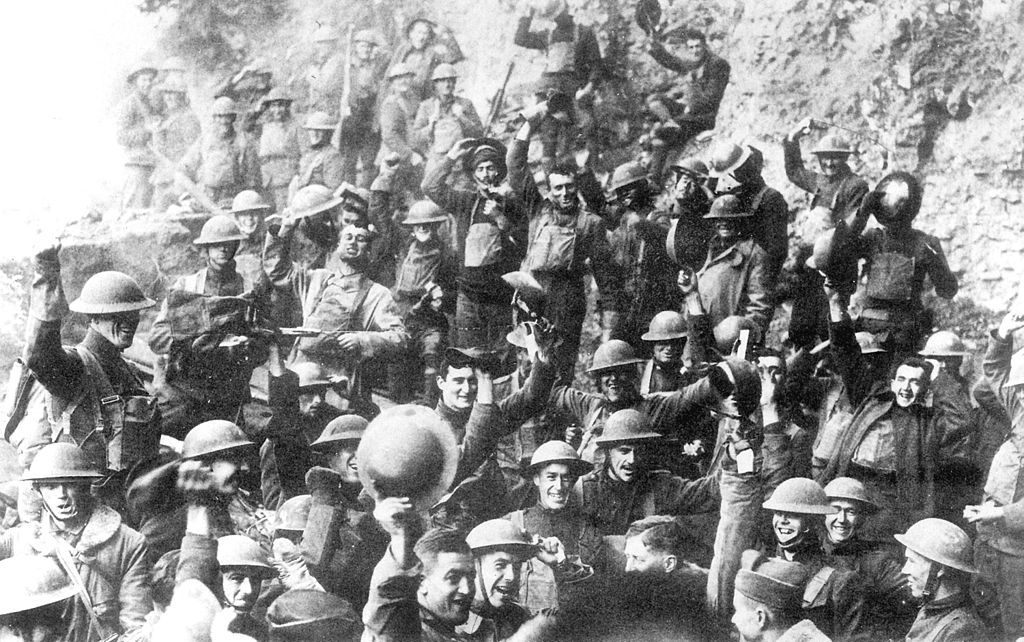![By King Prince (originally posted to Flickr as Santa Claus 1954-1) [CC BY-SA 2.0 (http://creativecommons.org/licenses/by-sa/2.0)], via Wikimedia Commons](http://www.hatiandskoll.com/wp-content/uploads/2015/12/434px-New_Orleans_Department_Store_Santa_Claus_1954-1.jpg)
By King Prince (originally posted to Flickr as Santa Claus 1954-1) [CC BY-SA 2.0 (http://creativecommons.org/licenses/by-sa/2.0)], via Wikimedia Commons
It all took me back. I remember taking my son into Boston to see Santa. As it turned out this Santa was a delightful man from Puerto Rico and greeted my son with a Latin accent. America is beautiful. His beard however was as fake as fake can be. We still put out the photograph every Christmas. My son never cried around Santa. The Easter Bunny was another story.
As for myself, I do remember sitting on Santa’s lap when I was little. I think that it was at a local bank. I guess that was when they were putting the ca-ching into Christmas. But my fondest memory of Santa was going to the automat with my dad one December. I would always get franks with beans. On this particular day, Santa was there having lunch and he sat down and talked with us. That probably kept belief alive for another couple of years. It is hard to believe in Santa when you grow up in New York City. His presence on every street corner is kind of a giveaway that something about the concept isn’t quite right. And once you grow up and become a physicist, the visiting every child in the world in one night part defies credulity and several laws of physics. Still we delighted to see him tracked on his journey Christmas Eve by NORAD and prayed that the United States would not accidentally shoot him down with an anti-ballistic missile.
These musings caused me to search for old pictures of Department Store Santas. Their evolution was a phenomenon of post-war America, and I was pleased to find the image of Figure 1, which was taken in 1955 at a department store in New Orleans and pretty much tells the story in iconic fashion. Black and white speaks to its age, yes. But also, I think, speaks to a gentler and possibly less commercial time.
Santa is, of course, magical and symbolic of the best of human possibilities. You can see it in this image – the happy wonder in the eyes of the children. When does this wonder begin to fade? When do we become jaded? I received several Christmas cards today with the exaltation “Peace on Earth.” It will not happen unless we seek it.



